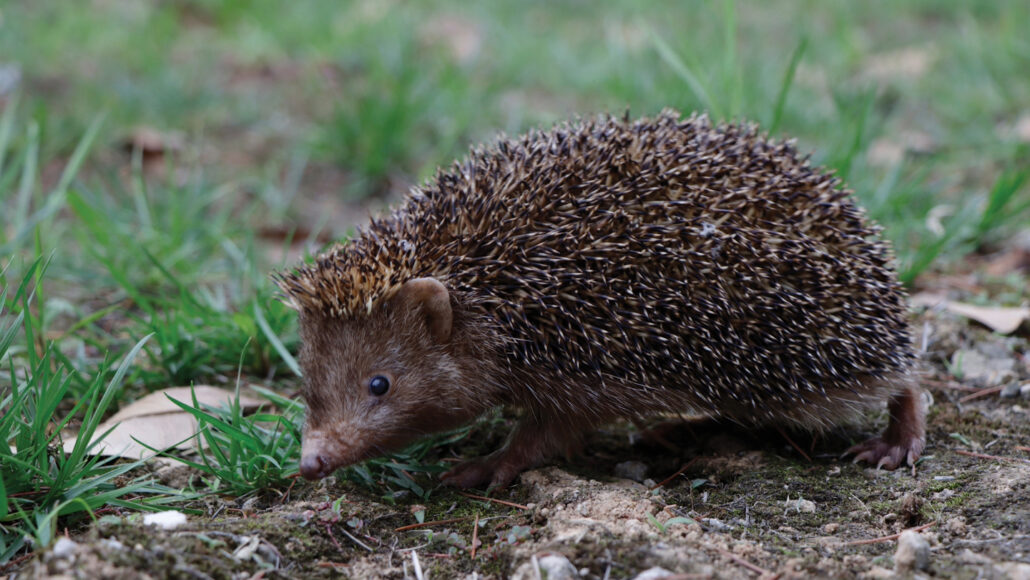
Animals
A newfound type of hedgehog is small, dark and adorable
At first, this hedgehog was mistaken for a lookalike relative. But its teeth, skull shape and DNA confirmed it as a new species.
Come explore with us!

At first, this hedgehog was mistaken for a lookalike relative. But its teeth, skull shape and DNA confirmed it as a new species.
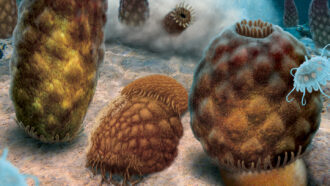
A new look at an ancient sea animal called Essexella suggests it may have been a type of burrowing sea anemone, not a floating jelly.

A nose-picking aye-aye’s spindly middle digit probably pokes all the way into the back of the throat, CT scans show.
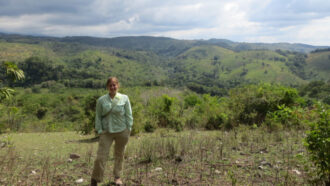
Alexis Mychajliw’s science is driven by her love of animals. She now looks to tar pits and fossilized poop to understand ancient ecosystems.
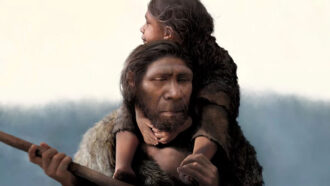
Neandertals are an extinct species closely related to modern humans. They made tools and jewelry, controlled fires and cared for their sick.

From toolmaking to healthcare, new research finds that Neandertals shared many cultural and social similarities with our human ancestors.
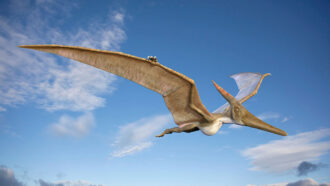
These ancient flying reptiles were not dinosaurs, but they were close relatives.
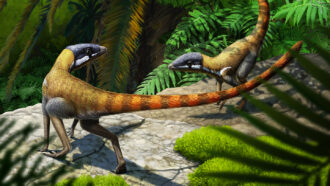
A new analysis of an old fossil supports the idea that winged pterosaurs evolved from swift and tiny two-legged ancestors.
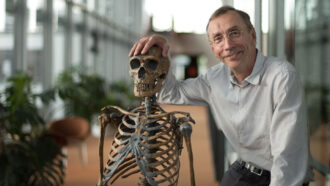
Svante Pääbo figured out how to examine the genetic material from these hominid ‘cousins’ of modern humans.
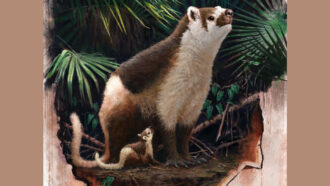
Developing in the womb for a while — but being born ready to take on the world — may have helped post-dinosaur mammals rise to dominance.